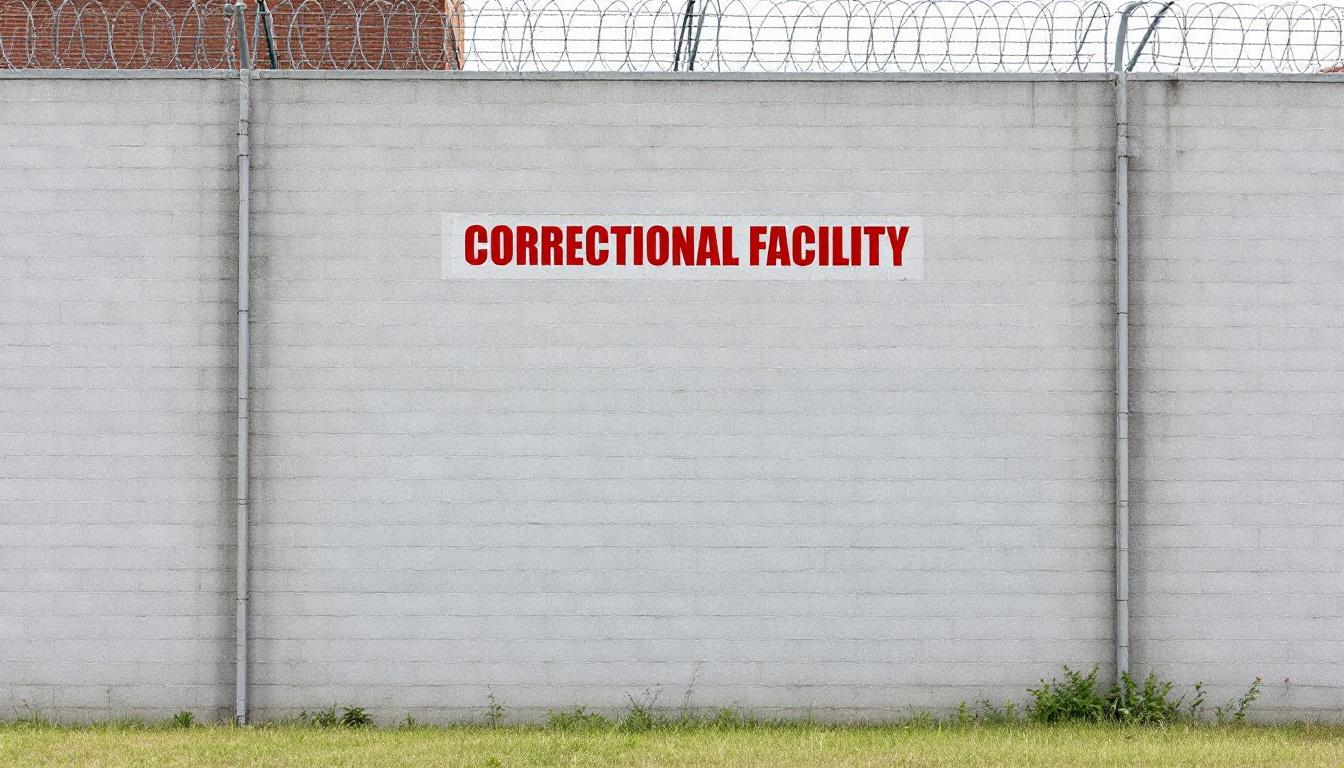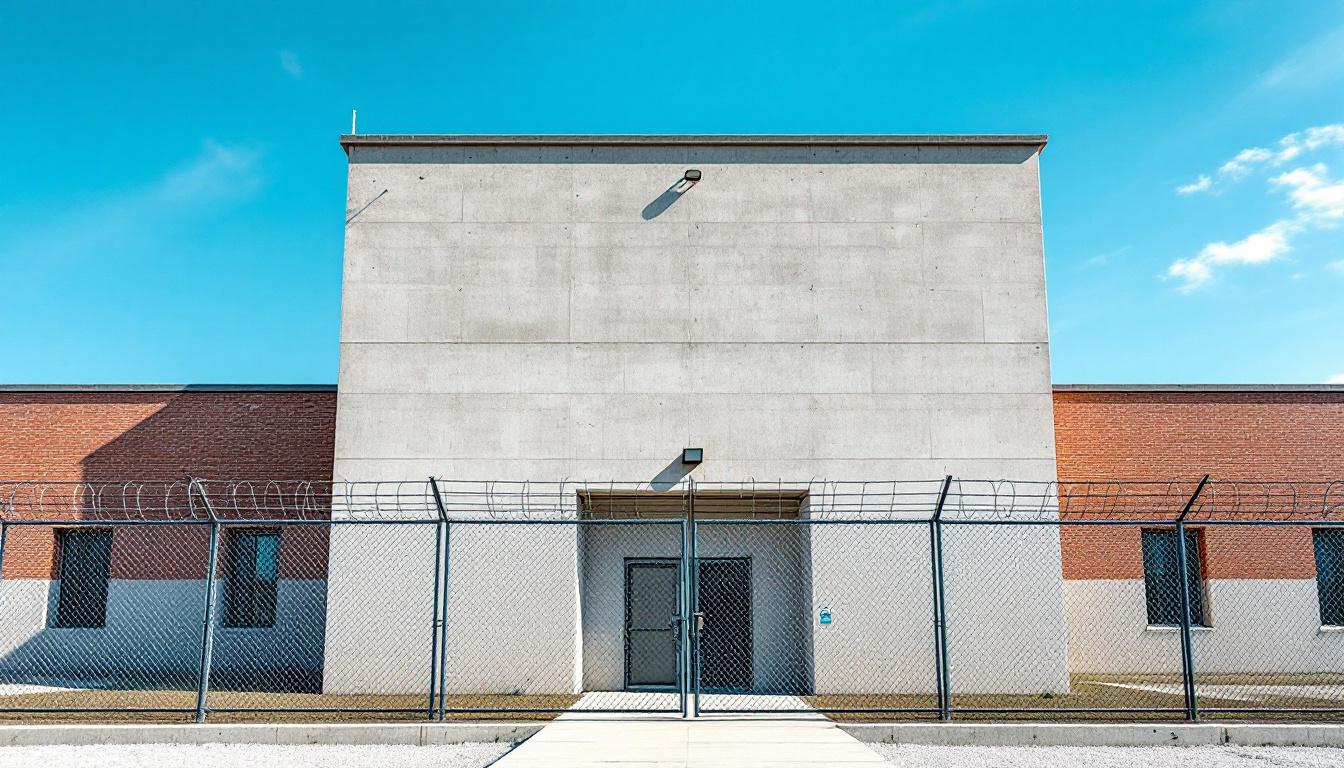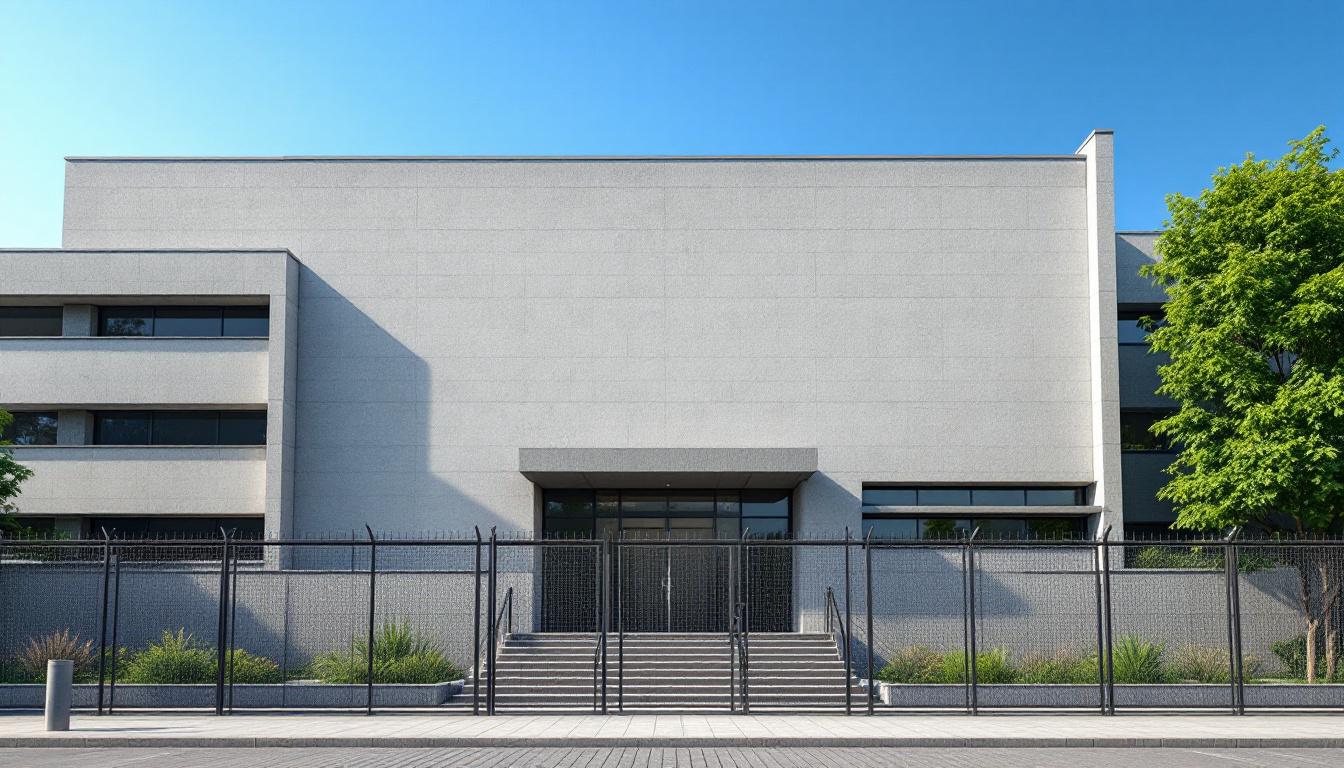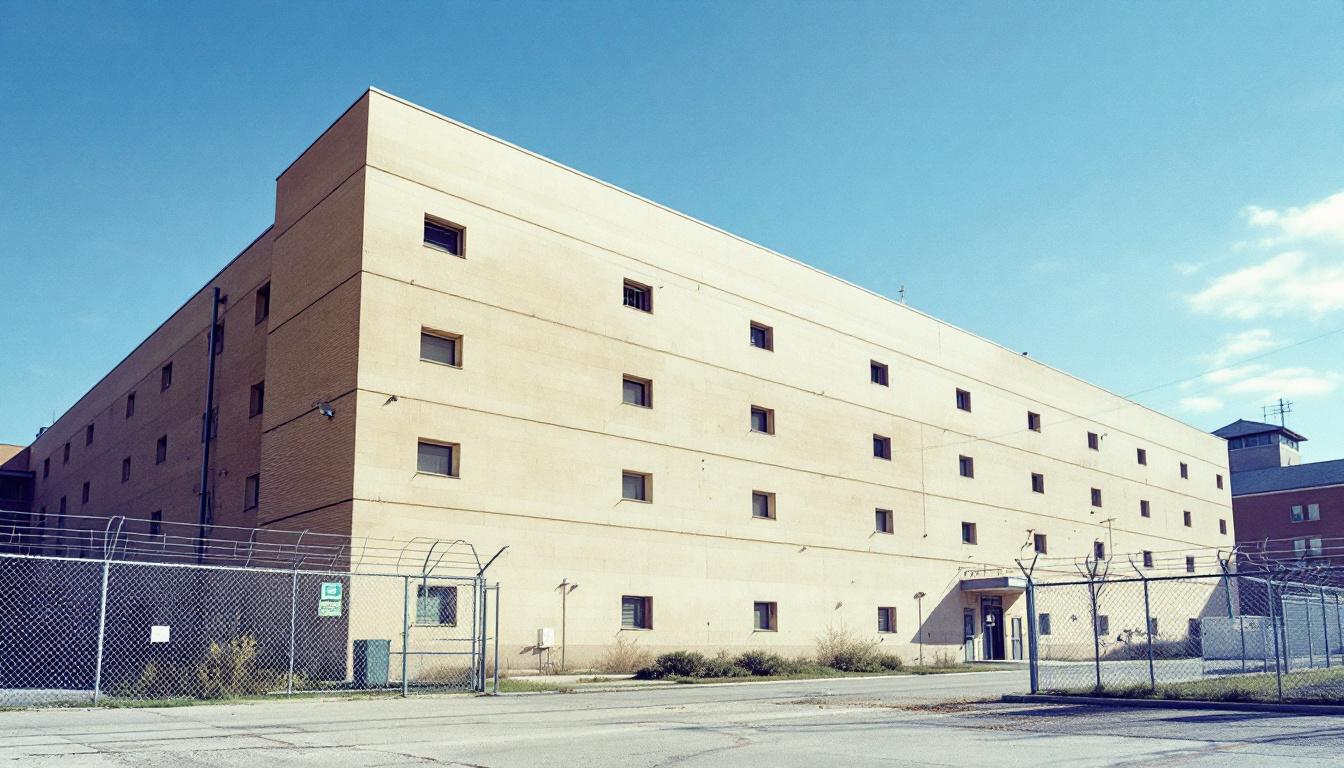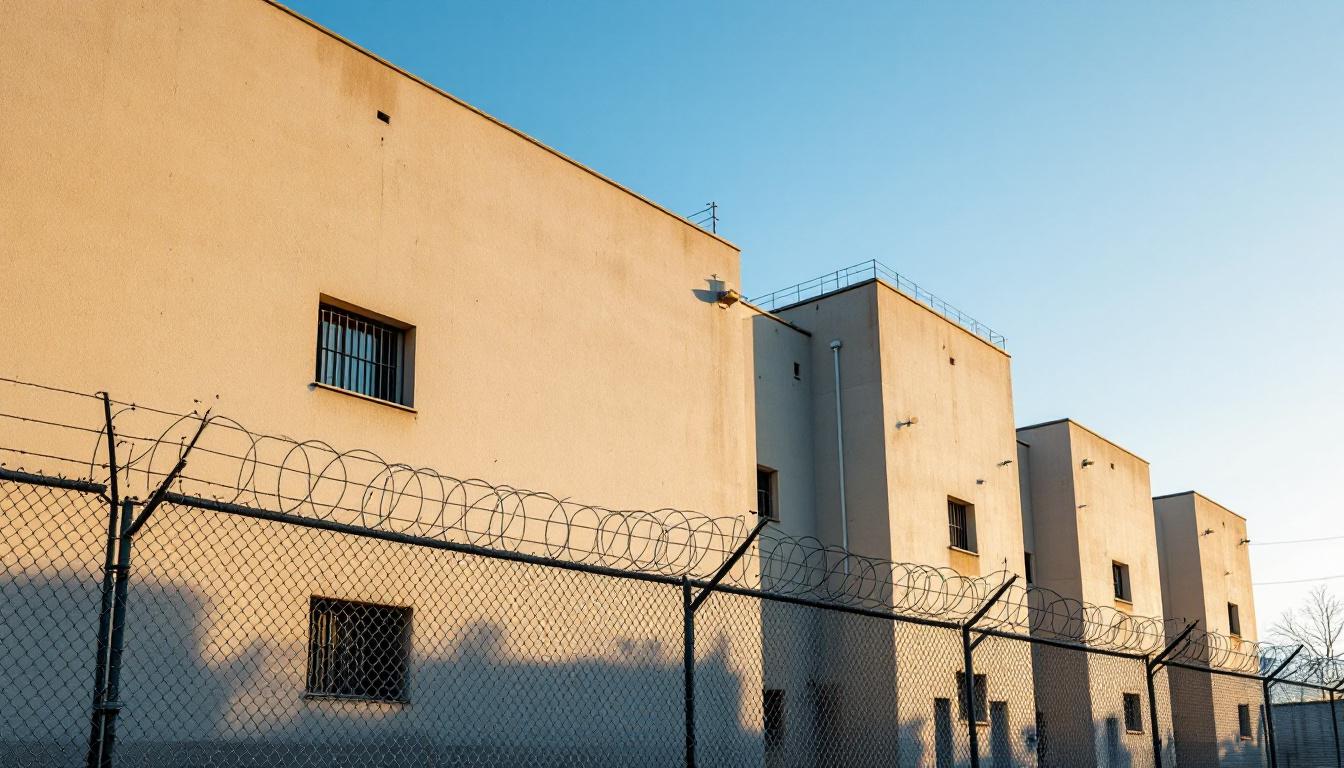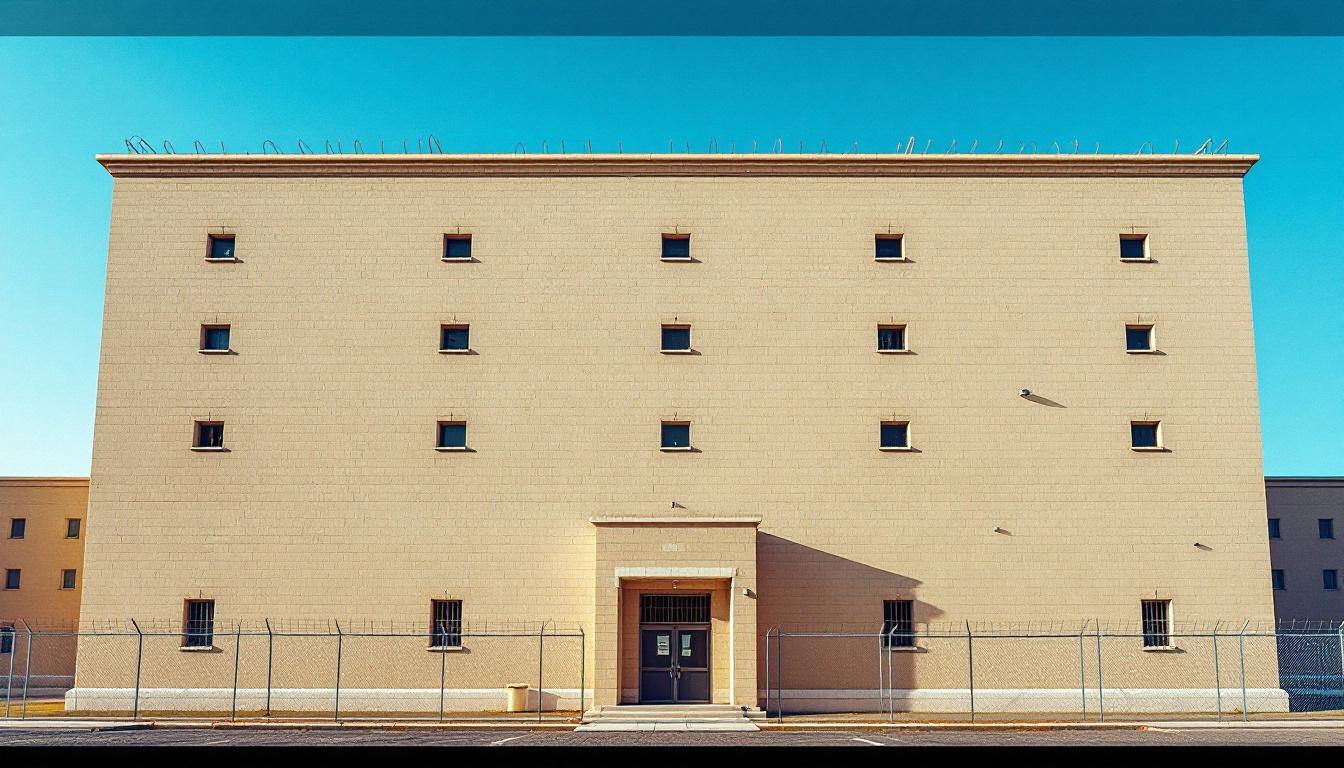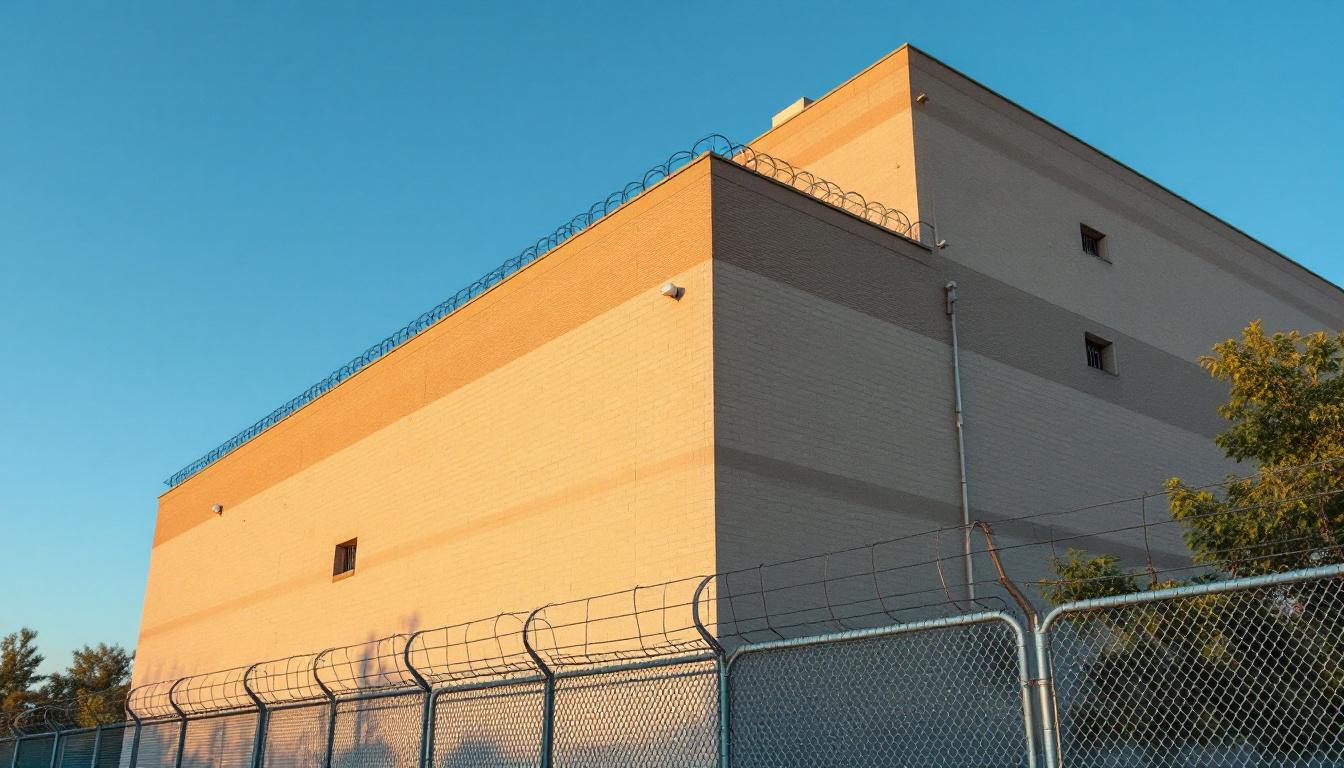
Quick Navigation
How to contact an inmate at Miami Correctional Facility
This comprehensive guide will walk you through how to connect with an inmate at Miami Correctional Facility. Follow the steps below to find an inmate and send letters and photos:
- Search for the inmate using our search tool below
- Create your account or log in to Penmate
- Write your message (up to 6,000 characters)
- Send instantly - inmates receive printed copies daily
Find an Inmate
Search for an inmate to start communicating today
Tip: You can search by first name, last name, or inmate ID number
To contact a person at Miami Correctional Facility start by searching for the person on the official facility website. Perform a search by following these steps:
- Step 1: Enter their first name and last name into the search form and click "Search"
- Step 2: Locate their inmate record
- Step 3: Write down their Inmate ID and any housing information provided
Important! Be sure to enter the person's full name. Nicknames should not be used.
How to Send Messages to Inmates

You can use your phone or computer to send emails, letters, and photos to an inmate. Messages are sent electronically to inmate tablets or kiosks at the facility. If you would like to send a message, start by searching for an inmate at Miami Correctional Facility.
Sending Photos and Postcards

A great way to send love and support to a loved one at Miami Correctional Facility is to send photos and postcards. It only takes a few minutes to send photos from your phone and it makes a huge difference. You can also mail postcards with words of support and inspiration, or design your own postcard for special moments like birthdays and holidays.
Important! Be sure not to send any explicit photos or they may not be approved by the facility. You can also use a photo printing app like Penmate to make sure your photos are printed at the correct size (4x6 or 3x5) and are mailed according to the rules and regulations of Miami Correctional Facility.
Frequently asked questions about Miami Correctional Facility
-
How long does it take to deliver a message?
If you're sending an email message your letter is usually delivered within 24-48 hours. For messages sent via mail you should expect delivery within 3-7 days. All messages will need be approved by Miami Correctional Facility.
-
How much does it cost to send a message to Miami Correctional Facility?
You can send a message free using your phone or mail a message via USPS for the price of a $0.60 stamp and envelope. You can also purchase credits or e-stamps from services starting at $1.99.
-
What services can I use to contact an inmate at Miami Correctional Facility?
Penmate
You can use Penmate to send letters and photos to an inmate from your phone. It's an easy way to stay in touch during your loved one's incarceration. Use the inmate locator to find an inmate's location and contact information, then you can send messages within a few minutes.
Securus messaging
Securus may be another option for communicating with an inmate at Miami Correctional Facility. You can create a friends and family account and purchase credits to send messages. All messages will be reviewed and must be approved by the facility.
JPay
Some county jails and state prisons may support sending messages with JPay. You must register an account with the system, find your loved one, and purchase stamps to send messages. For some locations you can also attach photos.
Smart Jail Mail
You may also check if Smart Jail Mail is available at Miami Correctional Facility. Smart Jail Mail is operated by Smart Communications and has contracted with some state and county jails. After purchasing credits, your messages and photos are sent to the facility, printed out, and then handed out to your loved one.
-
What is the mailing address of Miami Correctional Facility?
Mailing address:
Miami Correctional Facility
3038 W 850 S
Bunker Hill, IN 46914
Phone: (765) 689-8920 -
What are the visiting hours at Miami Correctional Facility?
Visiting hours at Miami Correctional Facility vary by housing unit and security level. Generally, visits are scheduled on weekends and holidays, with some facilities offering weekday visits. Contact the facility directly at (765) 689-8920 or check their website for the current visiting schedule. Visits typically last 30-60 minutes and must be scheduled in advance.
-
What items are prohibited when sending mail to Miami Correctional Facility?
Prohibited items typically include: cash, personal checks, stamps, stickers, glitter, glue, tape, staples, paperclips, polaroid photos, musical or blank greeting cards, hardcover books, magazines with staples, and any items containing metal or electronics. Only send letters on plain white paper with blue or black ink. Photos must be printed on regular photo paper (no Polaroids). Always check with Miami Correctional Facility for their specific mail policies.
-
How do I send money to an inmate at Miami Correctional Facility?
You can send money to an inmate at Miami Correctional Facility through several methods: 1) Online using JPay, Access Corrections, or the facility's approved vendor, 2) Money orders mailed directly to the facility with the inmate's name and ID number, 3) Kiosks located in the facility lobby, or 4) Over the phone using a credit or debit card. Fees vary by method, typically ranging from $2.95 to $11.95 per transaction.
-
Can I schedule a video visit with an inmate at Miami Correctional Facility?
Many facilities now offer video visitation as an alternative to in-person visits. At Miami Correctional Facility, video visits may be available through services like Penmate, Securus Video Connect, GTL, or ICSolutions. Video visits typically cost $10-20 for 20-30 minutes and must be scheduled in advance. You'll need a computer or smartphone with a camera and reliable internet connection. Contact the facility for their specific video visitation policies and approved vendors.
-
What identification do I need to visit an inmate at Miami Correctional Facility?
All visitors must present valid government-issued photo identification such as a driver's license, state ID, passport, or military ID. Minors must be accompanied by a parent or legal guardian who can provide the minor's birth certificate. Some facilities require visitors to be on the inmate's approved visitation list, which may require a background check. Contact Miami Correctional Facility for specific ID requirements and visitor approval procedures.
-
How can I find out an inmate's release date?
To find an inmate's release date at Miami Correctional Facility, you can: 1) Use the online inmate search tool if available, 2) Call the facility's records department, 3) Contact the inmate's case manager or counselor, or 4) Have the inmate provide this information during a call or visit. For privacy reasons, some facilities only release this information to immediate family members.
Facility Overview
Contact Information
Miami Correctional Facility3038 W 850 S
Bunker Hill, IN 46914
Phone: (765) 689-8920
Official Website
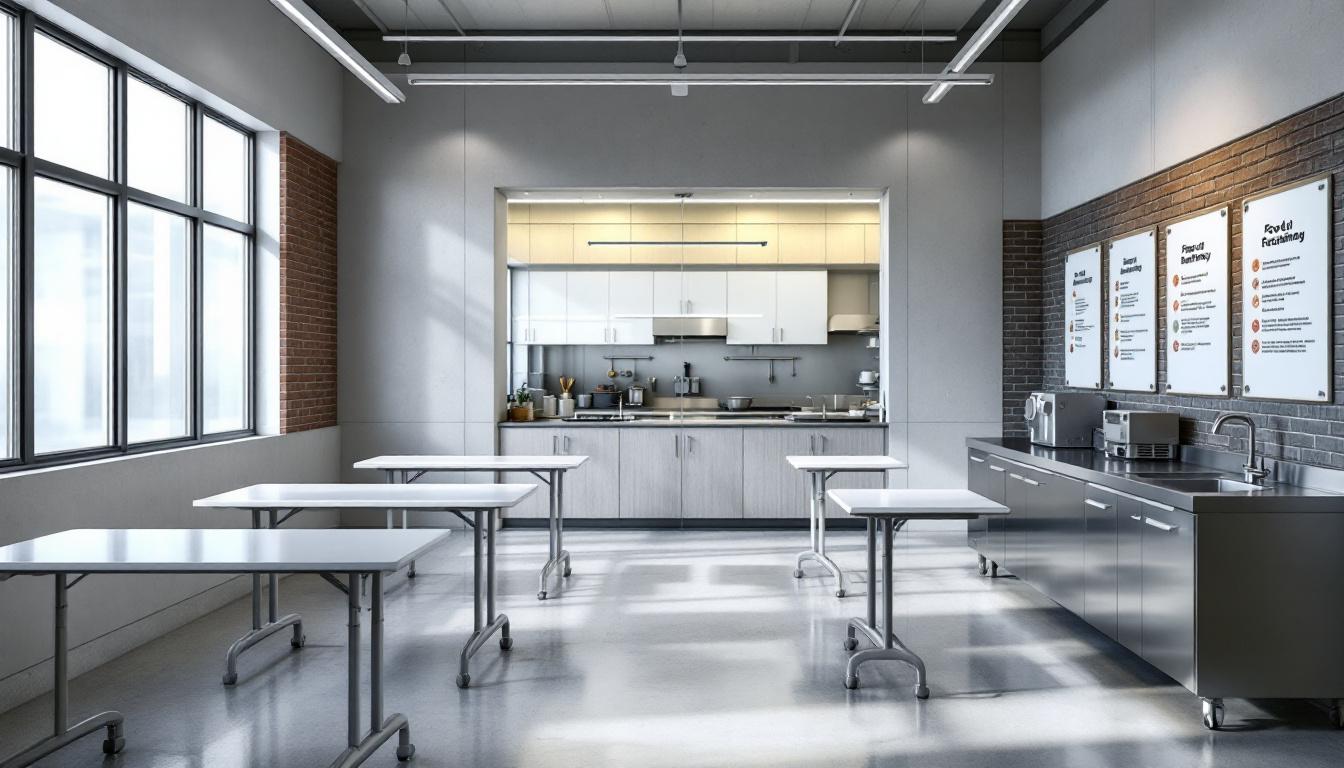
About Miami Correctional Facility
Serving the state's correctional mission through comprehensive security and rehabilitation processes, Miami Correctional Facility operates as a medium-security institution within Indiana's broader corrections network. Located in the rural community of Bunker Hill, this IN correctional facility typically houses adult male offenders and has developed over the years as part of the state's systematic approach to corrections management across the Midwest region.
The facility's operational framework generally centers on maintaining secure custody while providing structured programming designed to support successful reintegration. Those incarcerated services may include educational opportunities, vocational training programs, and substance abuse treatment, reflecting the state's process-focused approach to corrections. The institution typically operates various work programs that serve both institutional maintenance needs and skill development purposes, contributing to the broader community's understanding of corrections as a rehabilitative process rather than solely punitive measures.
Within Indiana's regional corrections network, Miami Correctional Facility often collaborates with other state institutions to manage population distribution and program delivery across the system. The Bunker Hill location provides a rural setting that many correctional professionals believe can support the structured environment necessary for effective programming, while the facility's position within the state system allows for coordinated transfer processes and resource sharing that characterizes modern corrections management throughout the Midwest.
Programs & Services
Personal transformation begins with access to meaningful opportunities, and those incarcerated at Miami Correctional Facility encounter a comprehensive framework designed to foster individual growth within a structured environment. The facility's approach emphasizes security and safety while simultaneously creating pathways for development that extend beyond traditional confinement. Through carefully coordinated offerings, participants may engage in activities that build essential skills, strengthen personal relationships, and prepare them for successful community reintegration.
Educational advancement forms a cornerstone of the facility's developmental approach, with education programs typically encompassing basic literacy instruction through more advanced academic coursework. Those incarcerated may pursue educational goals that align with their individual needs and aspirations, often supported by structured learning environments that prioritize both achievement and personal growth. Moreover, vocational training opportunities may furnish practical skills development in various trade areas, enabling participants to acquire marketable competencies that enhance their prospects for sustainable employment upon release.
The facility's therapeutic and support offerings often include individual counseling services that address personal challenges and promote emotional well-being within the secure institutional setting. Faith-based programs typically provide spiritual guidance and community connection for those seeking such support, while intramural sports may offer structured recreational activities that encourage teamwork and physical wellness. Additionally, family reunification initiatives often focus on strengthening relationships with loved ones, and community service opportunities may allow participants to contribute meaningfully to broader society while developing a sense of civic responsibility and personal purpose.
Daily Life & Visitation
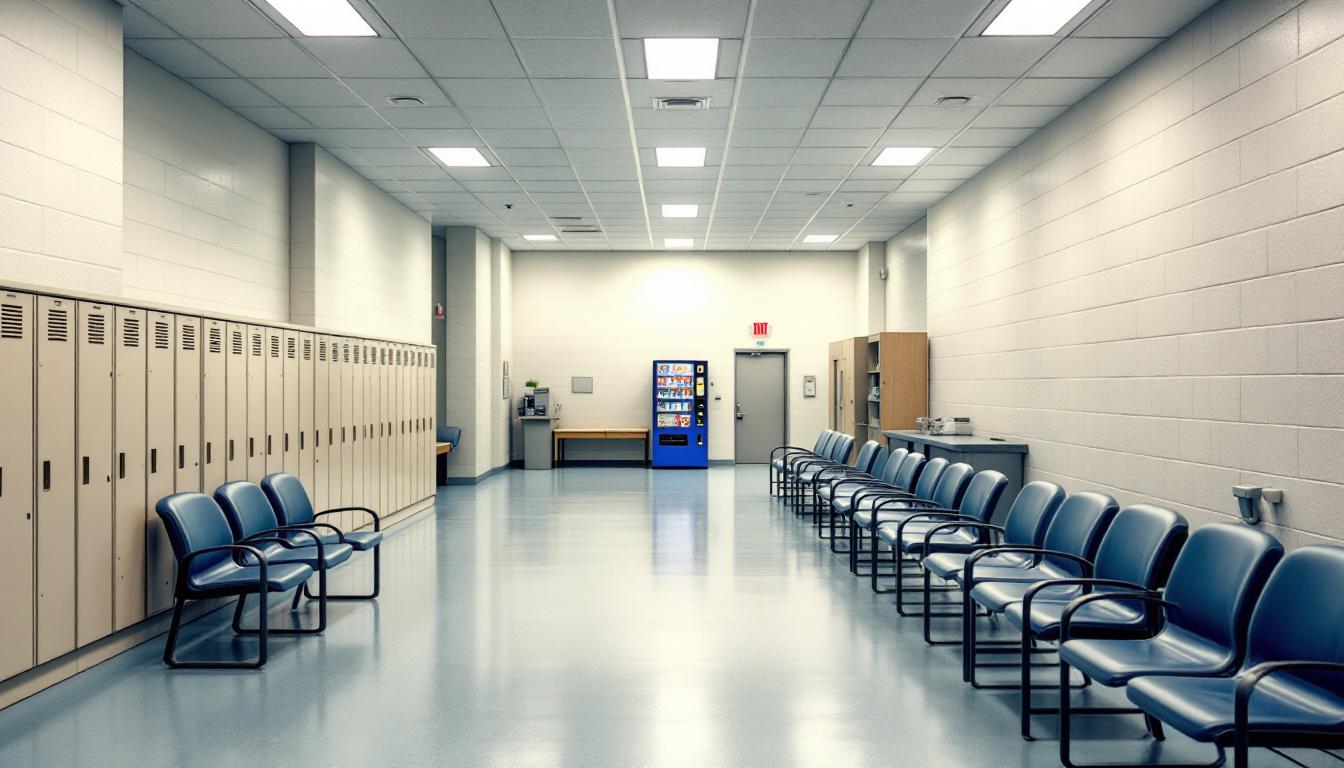
Building meaningful connections with fellow residents and maintaining bonds with family members forms the cornerstone of life for those incarcerated at Miami Correctional Facility. The facility currently operates on a structured schedule that continues to emphasize both personal accountability and community engagement, with those incarcerated participating in various group activities that foster social interaction and mutual support. Throughout each day, residents typically engage in work assignments, educational programs, and recreational activities that furnish opportunities to develop relationships and maintain a sense of belonging within the institutional community.
Moreover, living accommodations at the facility generally consist of shared housing units where those incarcerated reside in dormitory-style or cell-based arrangements, depending on their classification level and program participation. These living spaces often become centers of social interaction, where residents may share meals from the commissary, engage in conversations about their experiences, and provide emotional support to one another during challenging times. The dining facilities typically serve as gathering places where those incarcerated can maintain social connections over shared meals, while recreational areas furnish spaces for group activities such as sports, games, and informal discussions that help build community bonds.
Whereas daily programming provides structure, the facility's visitation policies and communication systems continue to serve as vital lifelines connecting those incarcerated with their families and loved ones on the outside. Regular visiting hours generally allow for face-to-face contact with approved family members and friends, while telephone and correspondence privileges typically enable ongoing communication throughout the week. Educational and vocational programs often include group components that encourage collaboration and peer learning, helping residents develop both practical skills and lasting friendships that may continue beyond their incarceration, ultimately supporting their successful reintegration into their home communities.
Ready to Connect?
Start communicating with your loved one today
Search for an Inmate
